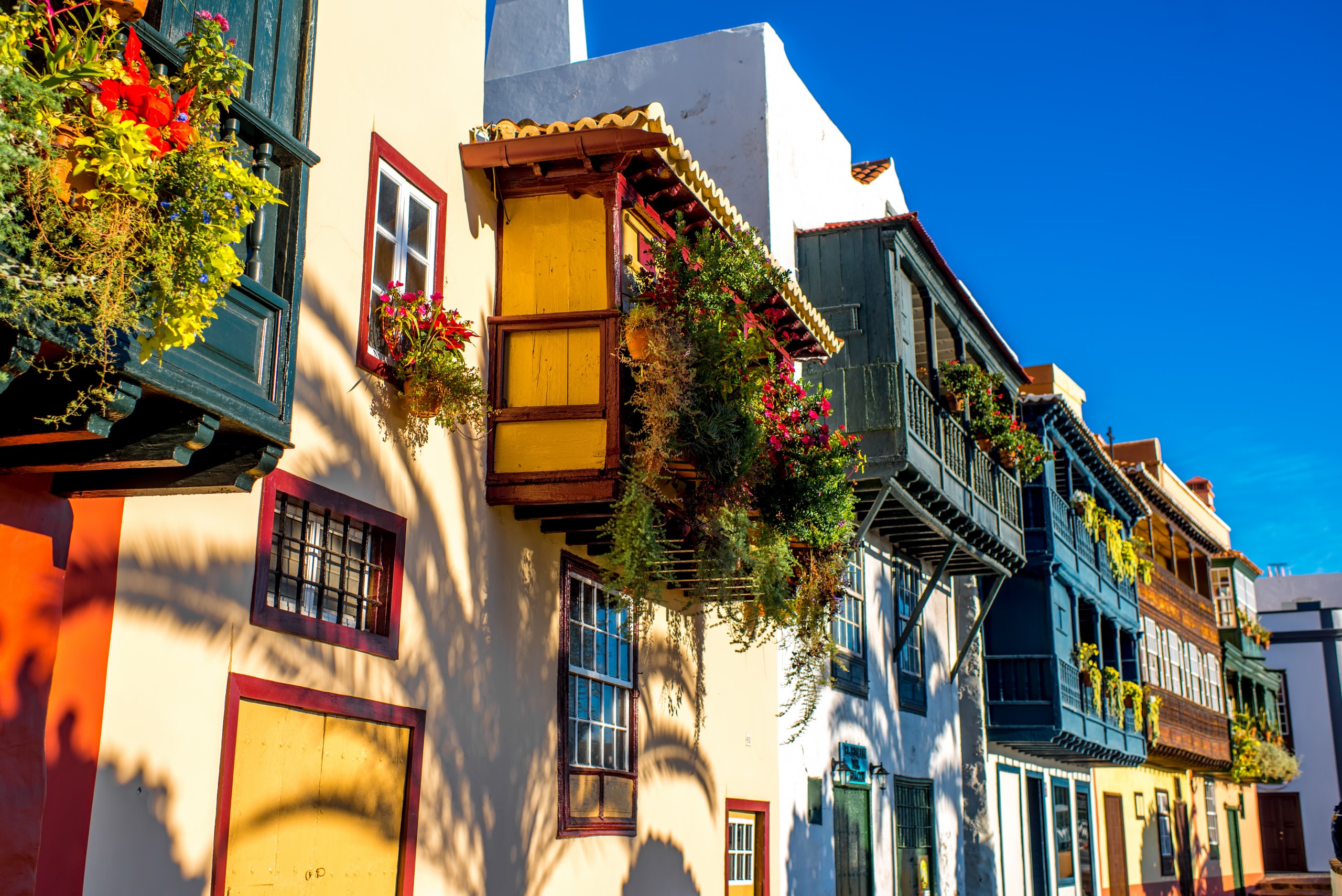
La Palma, Canary Islands, Spain
La Palma, Canary Islands, Spain
Santa Cruz de La Palma is a beautiful colonial-style city whose historic quarter, declared a Historic-Artistic Site, boasts many palaces, colonial-style buildings and houses bearing typical elements of traditional Canary Islands architecture.
It also has a distinctly Caribbean feel, which is not surprising as it was once one of the most important ports in the Spanish empire, linking Europe and the New World.
The history of Santa Cruz de La Palma dates from the late 15th century, when Alonso Fernández de Lugo conquered the island and made it part of the possessions of the Crown of Castile. From that point on, the city began to acquire substantial economic power.
Memories of the past can still be seen in the historic centre of Santa Cruz de La Palma in the priceless legacy of palaces, colonial-style buildings and houses bearing typical elements of traditional Canary Islands architecture such as the wooden balconies.
Points of Interest
- Los Tilos Forest
- Santuario de la Virgen de las Nieves
- Charco Azul Nature Pools
- Volcano San Antonio Walk
- San Antonio Volcano Visitors Center
- La Caldera de Taburiente National Park Visitors Center
More about La Palma, Canary Islands, Spain Points of Interest
-
Los Tilos Forest -
A lush, fragrant jungle where dense vegetation, cooling mosses, and primitive broad-leaved trees create an area rich in biodiversity. Declared a Biosphere Reserve by UNESCO in 2002, the forest reveals its beauty on nature walks that explore the flora and fauna.
-
Santuario de la Virgen de las Nieves -
The 17th-century Santuario de la Virgen de las Nieves is nestled within the hills surrounded by greenery. This colonial-style structure, a popular pilgrimage spot, houses a spectacular interior with carved ceilings, chandeliers and a three-foot-tall Virgin Mary poised on an ornate altar, the oldest religious statue in the Canary Islands.
-
Charco Azul Nature Pools -
Some of the best natural pools in La Palma. The setting offers an eye-catching contrast of deep green vegetation set against the blue sky and sparkling clear pools fed by gentle waterfalls.
-
Volcano San Antonio Walk -
The views into the crater are thrilling as are the panoramic vistas of the sea and neighboring islands of La Gomera and El Hierro. You can also see the Volcán Teneguía below and a proud lighthouse in the distance.
-
San Antonio Volcano Visitors Center -
Captivating and informative displays on the area's natural geology and the history of Volcán San Antonio, which last erupted in 1949, are found in the Visitors Center, where educational and engaging audiovisual presentations await your discovery.
-
La Caldera de Taburiente National Park Visitors Center -
Gain knowledge about the natural resources of the National Park and its flora and fauna at this well-curated crater, where maps, brochures and information reveal the volcano's geological formation. From a viewpoint, look out at the volcanic crater with its circumference of 17 miles, studded with dense pine forests, and admire the grandeur of the caldera.